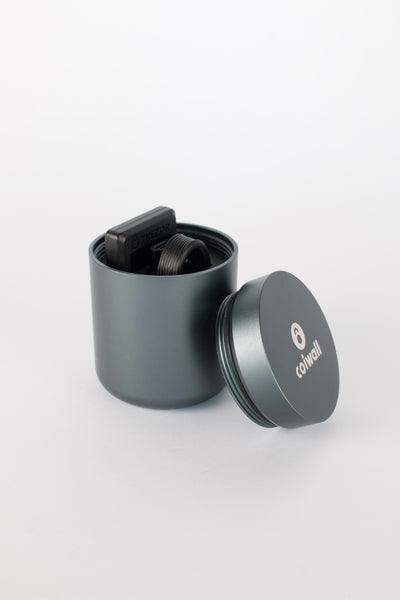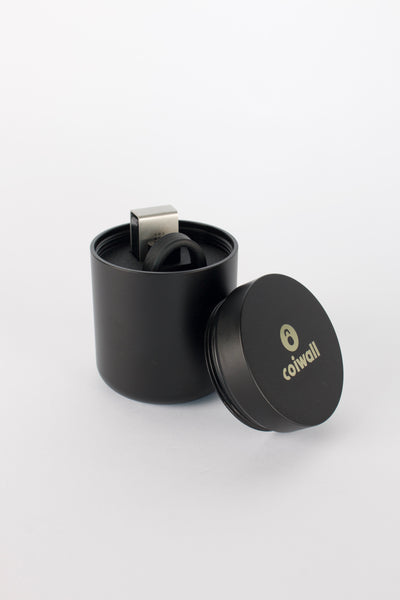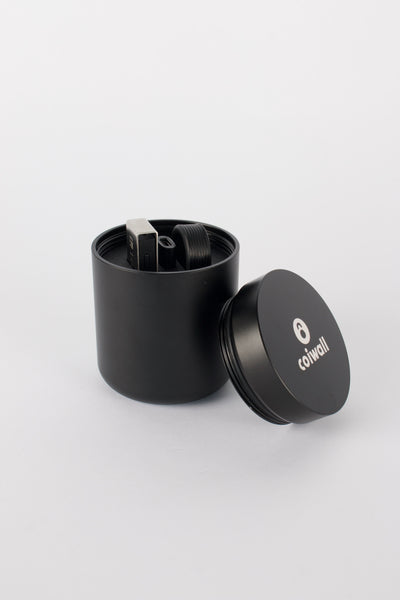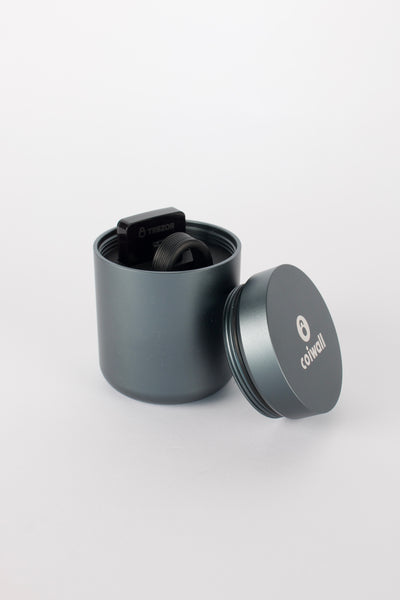Ever found yourself waiting for a 'revolutionary' blockchain project that seemed to evaporate overnight? Yeah, you're not alone. Vaporware has been haunting the tech and crypto worlds for decades—leaving behind nothing but big promises, dusty whitepapers, and that peculiar feeling you get when someone loudly announces dinner and then forgets to cook. In this article, we'll rummage through the maze of vaporware, from its quirky origins to the subtle art of spotting fakes before they cost you.
What Exactly Is Vaporware?
Let's cut through the mystery. Vaporware is the term folks use for projects—especially in tech—that get announced with much fanfare but never actually appear. No secret handshake required to join this club; it's about products that vanish into thin air after making headlines. Usually, they're ambitious software launches, next-gen hardware, or, more recently, flashy blockchain initiatives. Whether the intention is to whip up hype or bide time, the result feels a little like being stood up on a first date. (Yeah, it stings.)
Where Did the Vapor Start?
Strange as it sounds now, this phrase didn't even begin with crypto. Back in the early 80s, a Microsoft engineer is said to have coined 'vaporware' when delays with Xenix made jaws clench behind the scenes. The name stuck, and pretty soon, Stewart Alsop was handing out the tongue-in-cheek Golden Vaporware Award for Windows' lateness. Fast-forward, and vaporware is being tossed around for everything from missing office suites to phantom gaming consoles. The mood is always the same: hope, followed by silence.
Vaporware Meets Blockchain: Promises With a Capital 'P'
Shall we address the elephant in the server room? The crypto scene ramped up the idea of vaporware faster than a meme goes viral. In recent years, blockchain projects have emerged, each promising to 'reinvent finance,' 'data privacy,' or some other grand quest—with investors ready and willing. But here's the thing: not all of them ever make it past that glossy website or slick animated pitch video.
Remember the buzz around ICOs in 2017-2018? Some intriguing ideas, for sure, but also a graveyard of unused tokens and projects that never even flickered online. And, trust me, it's not just the small fries—sometimes seemingly legit ventures stall, and all that's left is a defunct Twitter handle and a sinking feeling in your crypto wallet.
Classic Vaporware Moments—A Few in Tech History
- Ovation (the “Mother of All Vaporware”): Touted as a game-changing office suite for PCs, it grabbed headlines but never surfaced. The twist? It existed only as demo screens. Ouch.
- Phantom Console: A gaming platform hyped to rival PlayStation and Xbox. Investors lined up, but after many delays, it faded into legend—and lawsuits.
- Spotify HiFi: Promised lossless streaming to the masses. After much excitement? Radio silence for years.
Switching to crypto, just peruse any list of top 'unrealized ICOs.' You'll find a similar flavor: huge communities, elaborate roadmaps, and then—poof. No product.
Why Do Blockchain Vaporware Projects Happen?
There's no single culprit. Sometimes, it's ambition running wild. A developer or founder pitches a vision bigger than what their tech—or budget—can chew. Other times, the motives are less innocent. Announcing a 'breakthrough' project can be a way to grab quick investments (that infamous rug pull), fend off competition, or simply ride a buzzwave for a few fleeting months before disappearing into the digital night.
Yet, and here's a funny contradiction: not every vaporware project starts as a scam. Some launch with honest intentions but are steamrolled by regulatory hurdles, changing markets, or new technology making their ambitious prototype as outdated as dial-up.
Spotting Vaporware Before It Ghosts You
So, how do you tell the real from the make-believe—especially when pitches sound like the next big thing? Thankfully, there are plenty of telltale signs if you look closely.
- Lack of working prototypes. If months (or years) go by and you still can't touch, test, or review anything beyond a snazzy PDF, beware.
- All hype, no team. Can you find real people—preferably with LinkedIn profiles or prior projects—or is everyone shrouded in aliases and mysterious cartoon avatars?
- Unrealistic timelines. Moonshot claims about revolutionizing the industry in a matter of weeks? Let's be real.
- Vague partnerships or tech jargon salad. Are collaborations with big brands verifiable, or are they just name-dropping? Technical details should add up, not leave you scratching your head.
And hey, never dismiss the community. Sometimes the loudest cheerleaders are bots—or worse, paid promoters.
Avoid Getting Burned: A Few Battle-Tested Tips
Frankly, a little street smarts go a long way in crypto. You can:
- Read independent reviews or third-party code audits. Top firms like Trezor and Ledger, known for their hardware wallets, often publish research or whitepapers relevant to security and transparency.
- Check if the project has delivered on earlier promises, updates, or testnets.
- Seek communities outside official channels—Reddit, Telegram, or Discord have eagle-eyed members quick to spot red flags.
And, honestly, if it sounds too good to be true, it probably is. That's been good advice since before blockchain was a word.
What Happens to Vaporware (and Their Investors)?
Here's the sad truth: Many vaporware projects quietly fade, and investors are left holding digital tokens worth less than an expired bus ticket. Some spark investigations—ranging from regulatory fines to full-on criminal probes—but the majority vanish in a cloud of broken links and redirected websites.
Once in a while, promises linger. Maybe the idea catches fire with a new team, or gets absorbed into something real a few years later. But for the most part? Vaporware becomes urban legend, joining the ranks of other tech tall tales.
Wrapping Up: What Can We Learn?
If all these stories leave you skeptical, good. Healthy skepticism is the antidote to wishful thinking in crypto. Whether you're eyeing the next token drop, secure hardware wallet, or innovative DeFi platform, remember: substance always outlasts sizzle. Learn to separate the dreamers from the drifters, the doers from the marketers. Otherwise, you might find yourself—once again—waiting for dinner that never arrives.
In a fast-moving scene like blockchain, projects like Trezor and Ledger remind us that delivering something real eventually builds trust far beyond clever announcements. Don't let vaporware ghost you; instead, keep your eyes open, your question radar active, and your hopes practical. Because nobody likes waiting for a meal that never shows up, do they?











